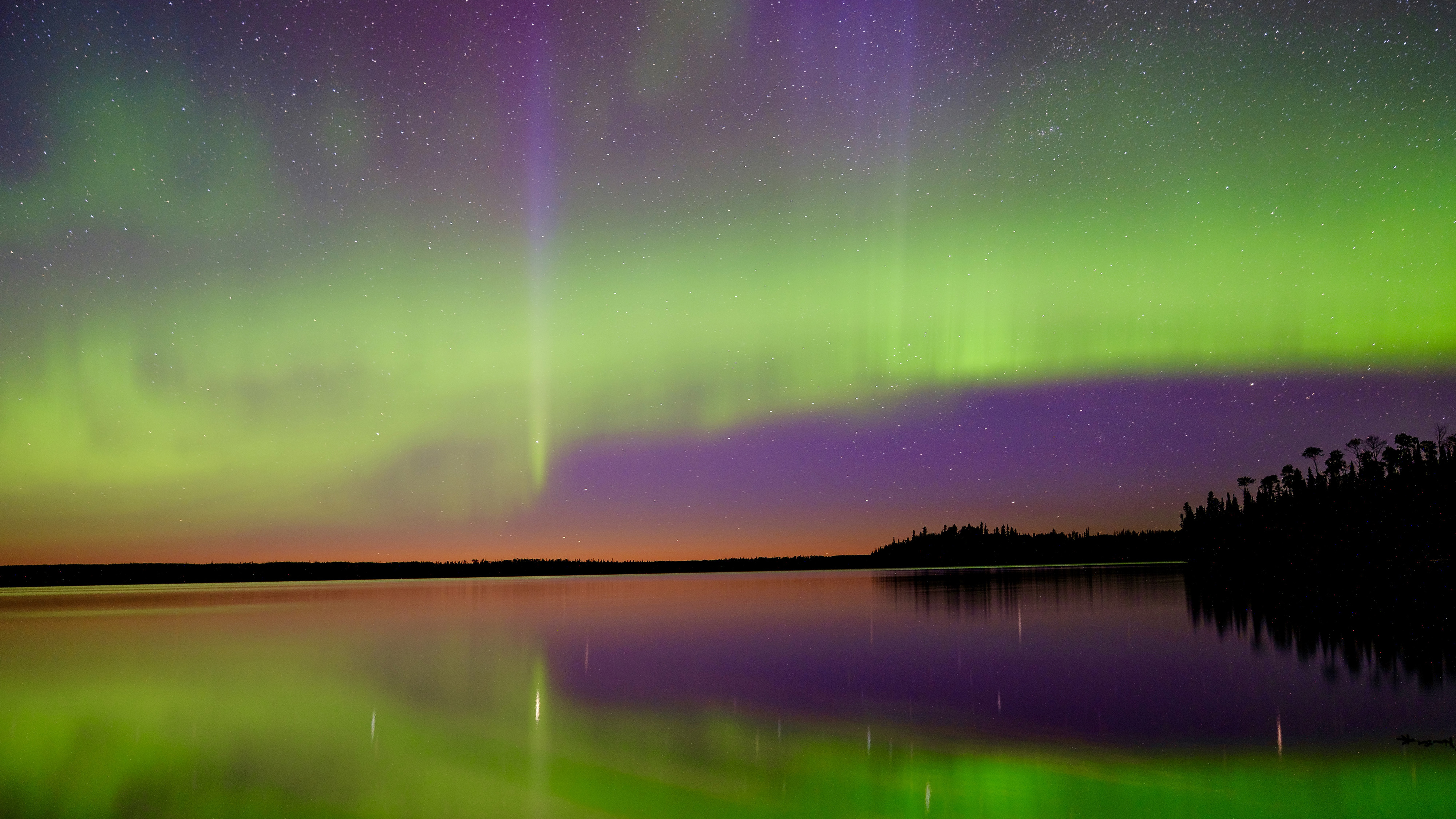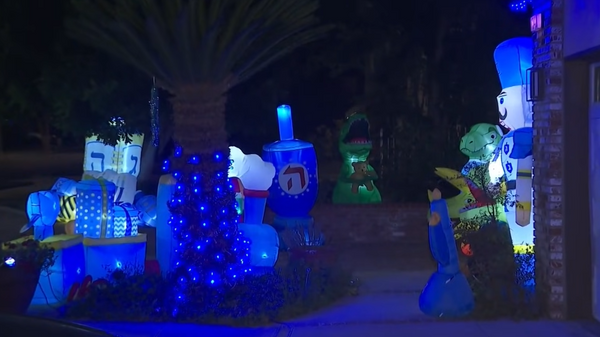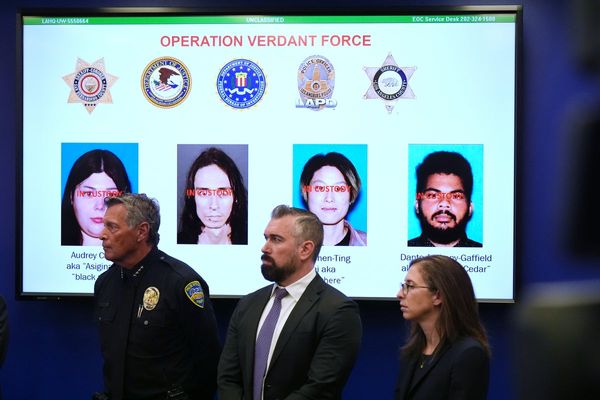
A geomagnetic storm could increase the odds that photographers will be able to capture the Northern Lights this weekend. The National Oceanic and Atmospheric Administration (NOAA) Space Weather Prediction Center has issued a G2 solar storm warning for June 13 and 14.
NOAA's three-day forecast currently predicts the highest solar activity levels this weekend to fall on June 13 between 3:00 and 6:00 UTC, which is about 11 PM Friday to 2 AM Saturday in EST. That could mean a potential aurora sighting as far south as Wyoming, while the UK Met Office predicts Northern England, Northern Ireland, and Scotland may have activity Friday night.
NOAA predicts potential G1 and G2 solar activity on Saturday, June 14, as well. Hourly aurora predictions tend to be more accurate than the three-day forecast, so astrophotographers and skywatchers should check NOAA's three-hour forecast as night approaches.
If conditions align, a G2 storm could make the Northern Lights visible in states as far south as Wyoming in the US, while G2 storms can also create visibility in the northernmost parts of the UK, as well as creating potential for the Southern Lights in southern Australia.
The appearance of the Northern Lights is notoriously hard to predict, but solar storm warnings from NOAA are a positive indication. A G2 storm is lower on the scale, where a G1 is a minor storm and a G5 is a major occurrence.
Photographers will want to analyze other factors in the area before determining whether or not that G2 storm is worth losing sleep over. The solar activity needs to fall during total darkness; as we near the summer solstice, the number of dark hours is low, so there’s a significant chance that the solar activity could fall during the day.
Monitoring the NOAA forecast as darkness approaches – or using an aurora app – could help indicate what times the solar activity is predicted to be the highest.
Beyond solar activity, photographers will need clear skies, unobstructed by clouds, and a location with visibility to the north. Beyond clouds, wildfire smoke can also impact night sky visibility.
While a G2 storm isn’t the most severe, photographers in northern latitudes may have a chance at spotting the night sky phenomena if conditions align. I’m going to charge my camera, have my tripod at the ready, and watch the weather and NOAA forecast as darkness approaches.
Prep for a potential aurora
Ahead of the solar forecast, learn how to photograph the Northern Lights, or even how to capture the aurora with a smartphone. If the aurora doesn’t make an appearance, try some astrophotography tips to end the night with some starry shots.







